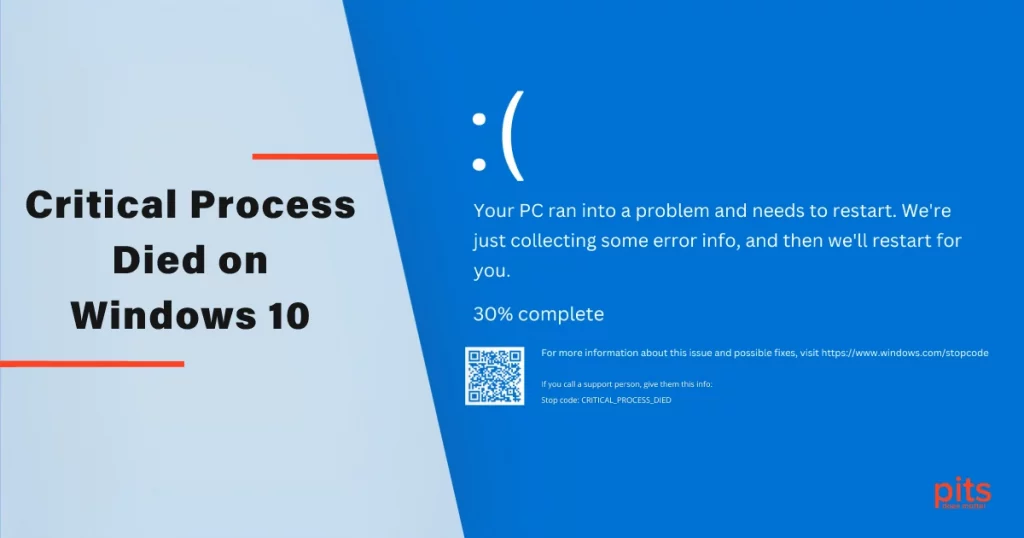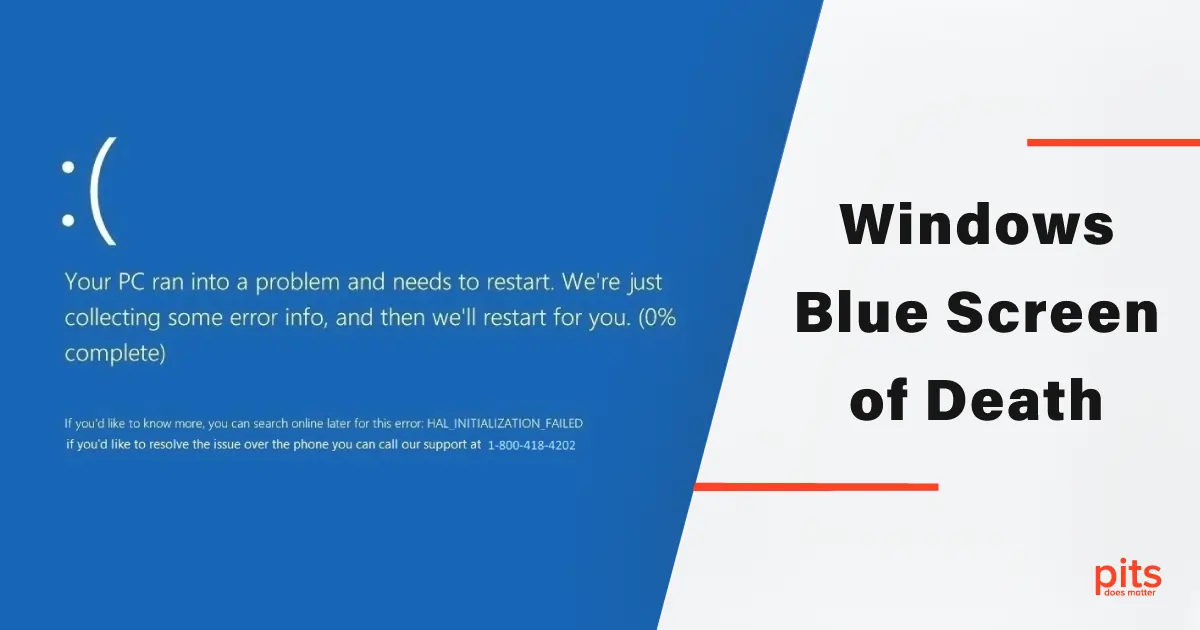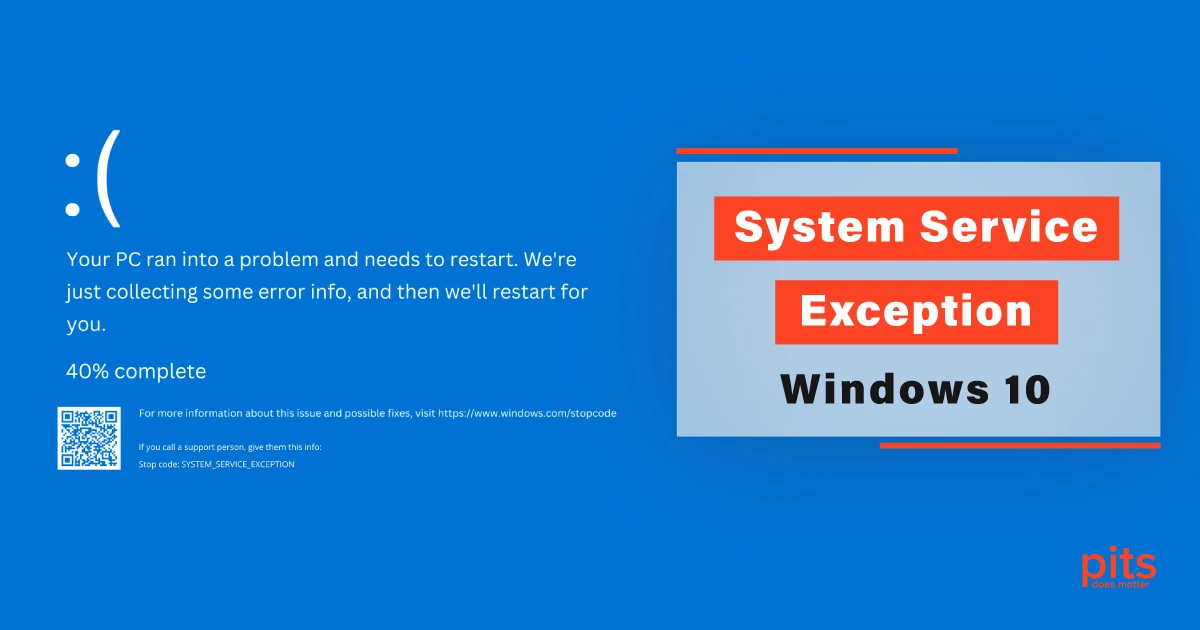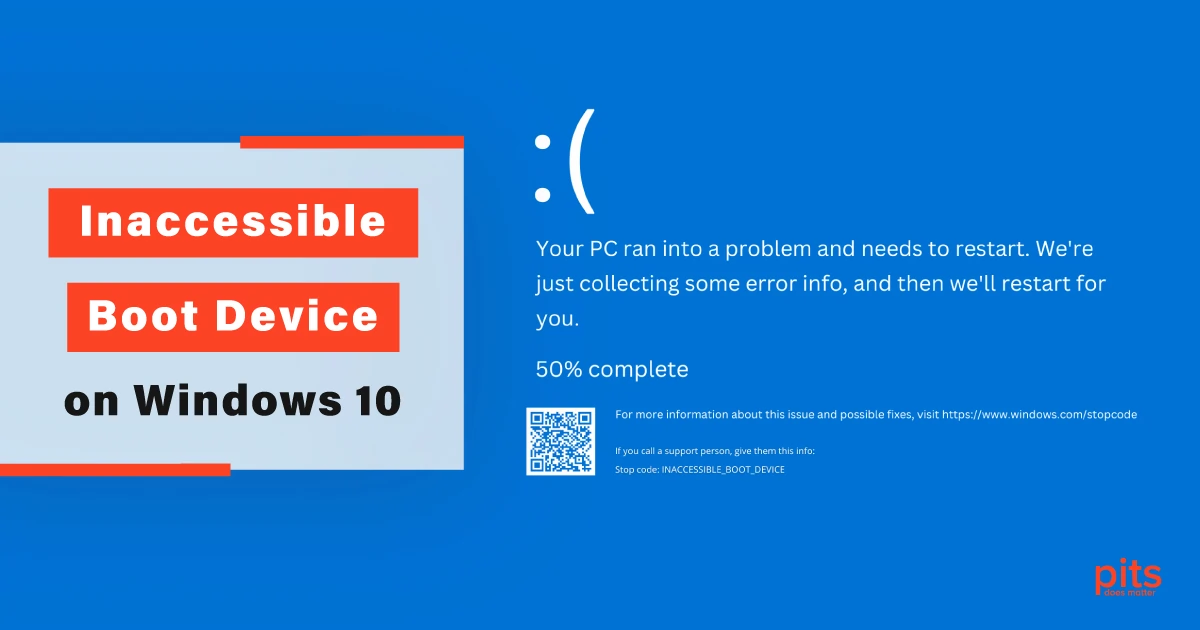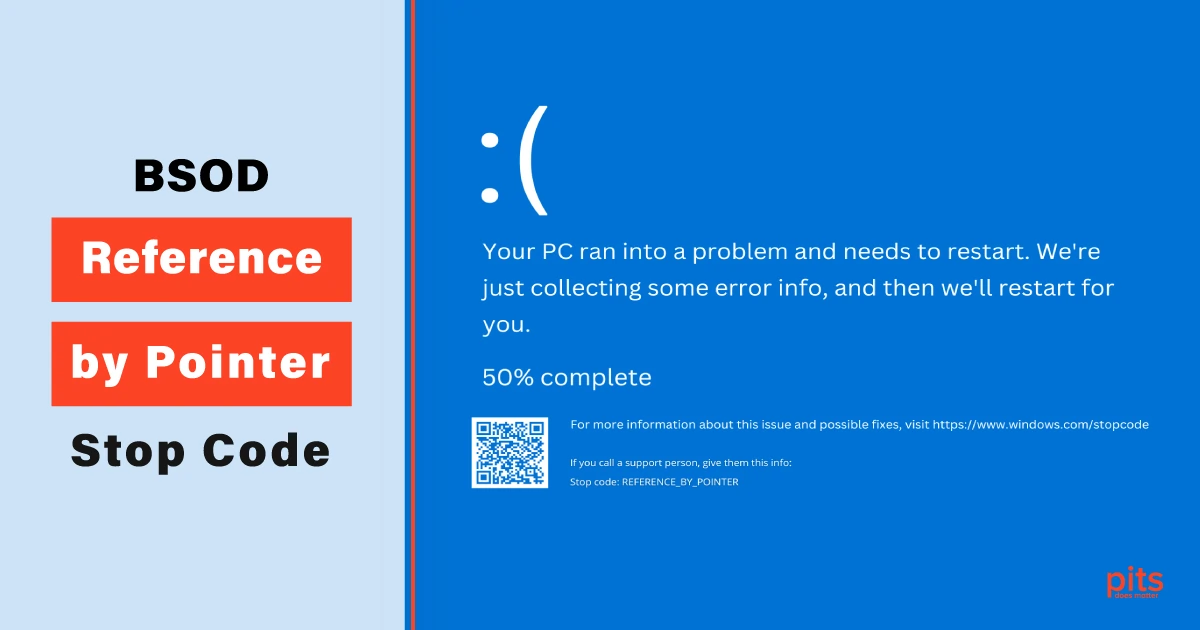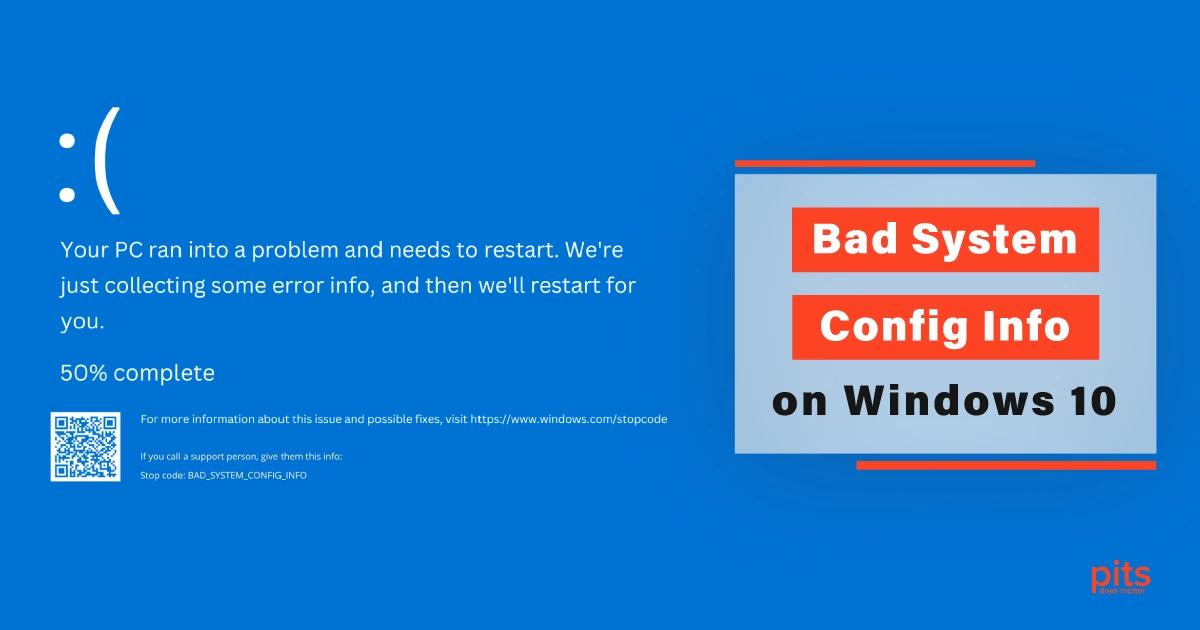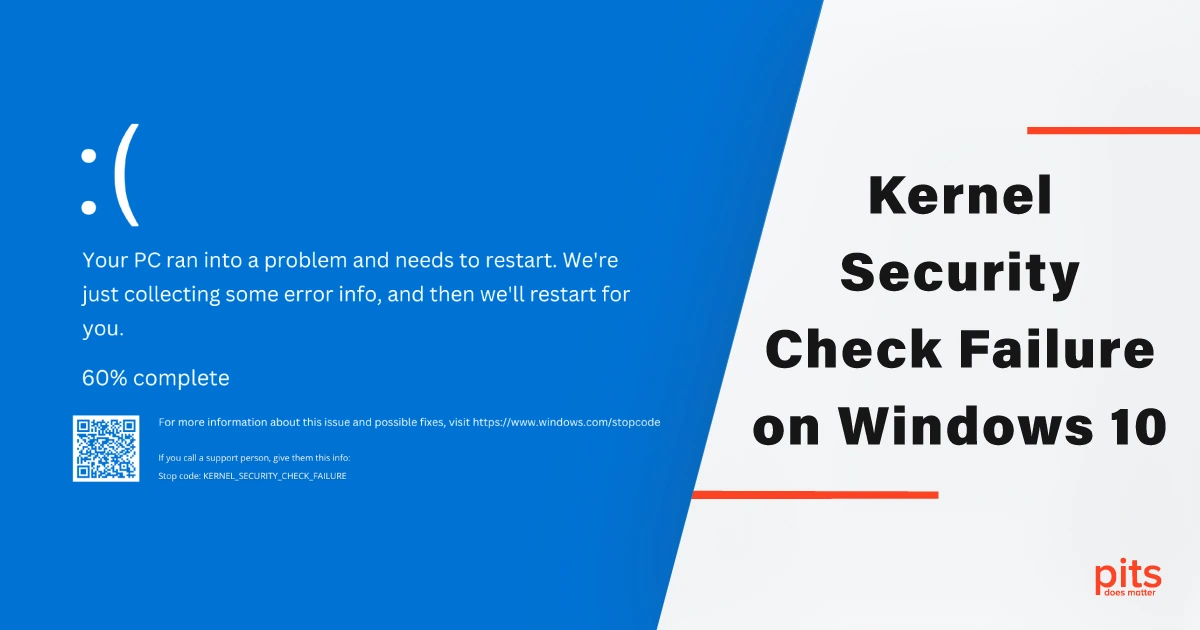If you are a Windows 10 user, you might have come across the dreaded “Critical Process Died” error at some point. This BSOD error can be frustrating as it often leads to unexpected system crashes and reboots, causing potential data loss.
In this blog, we will delve into the reasons behind the Critical Process Died error. This blog focuses on how to resolve an issue. It also provides preventive measures to reduce the likelihood of encountering it.
Understanding the Reason for Stop Code - Critical Process Died
The Blue Screen Critical Process Died error occurs when a critical process encounters an unexpected problem or fails to run correctly. Several underlying factors can trigger this error, including corrupted system files, faulty hardware, outdated drivers, and malware infections.
Corrupted System Files
Windows relies on a variety of system files to function properly. If these files become corrupted or damaged, it can lead to system instability and result in the Critical Process Died error. Corruptions can occur due to software conflicts, improper shutdowns, or malware infections.
To resolve this issue, you can run a System File Checker (SFC) scan. The SFC scan utility scans your system for corrupted files and attempts to repair them automatically. To run an SFC scan, open the Command Prompt as an administrator and type “sfc /scannow” before pressing Enter.
Faulty Hardware
Faulty hardware components can cause conflicts that trigger the Windows 10 Critical Process Died. When RAM modules or a hard drive fail, critical system processes may not function correctly, leading to system crashes.
To address hardware-related issues, you can perform a disk check and a memory test.
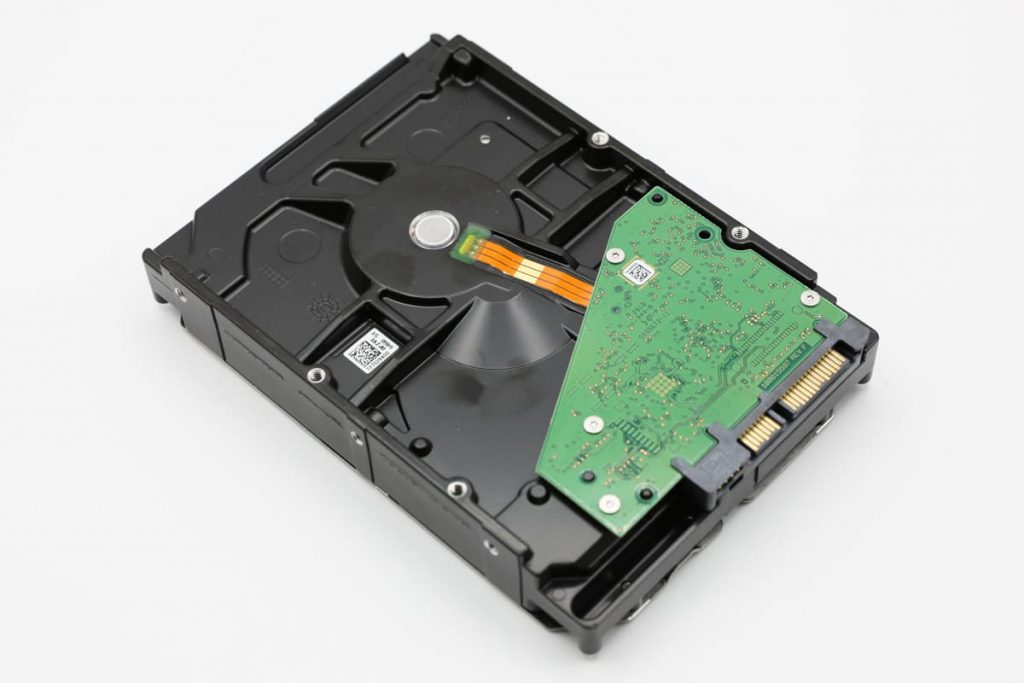
The disk check, performed using the Command Prompt, scans your hard drive for errors and repairs them if necessary. Open Command Prompt as an administrator and type “chkdsk /f /r C:” (replace “C:” with the appropriate drive letter if necessary).
To test your RAM modules, you can use Windows Memory Diagnostic or third-party software. These tools help identify any faulty RAM modules that may be causing the error.
Outdated Drivers
Incompatible or outdated drivers can clash with critical system processes, leading to the Windows Critical Process Died error. It is essential to keep your device drivers up to date to ensure compatibility and system stability.
To update drivers, visit the manufacturer’s website for your hardware components, such as graphics cards, network adapters, and sound cards. Download and install the latest driver updates provided by the manufacturer.
Malware Infections
Viruses, Trojans, and other forms of malware can interfere with critical system processes. It may cause system instability and trigger the Critical Process Died error. Malware infections can occur through malicious downloads, email attachments, or unsafe browsing practices.

To address malware infections, it is crucial to use a reputable antivirus program and keep it up to date. Perform regular scans of your system to detect and remove any malware.
If the system detects an infection, follow the steps provided by your antivirus software. It will help you eliminate the threat.
How to Fix Windows Stop Code Critical Process Died
Restart Your Computer
A simple system restart can sometimes resolve temporary glitches and restore normal system functionality. If the error persists after restarting, move on to the next steps.
Check for Windows Updates
Regularly installing Windows updates is vital. They often contain bug fixes and patches that address known issues, including those that can trigger the Critical Process Died error. To check for updates, go to Settings > Update & Security > Windows Update and click on “Check for updates.”
Run System File Checker (SFC) Scan
As mentioned earlier, the SFC scan utility can help identify and repair corrupted system files. Open the Command Prompt as an administrator and type “sfc /scannow” before pressing Enter. The utility will scan and automatically attempt to repair any corrupted files it finds.
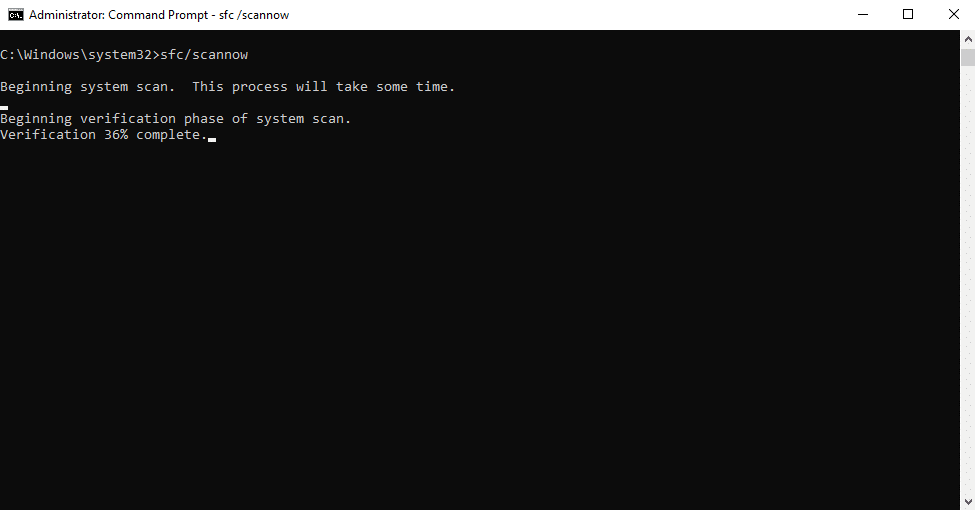
Update Device Drivers
Outdated or incompatible drivers can cause conflicts leading to the Critical Process Died error. Visit the manufacturer’s website for your hardware components to download and install the latest driver updates.
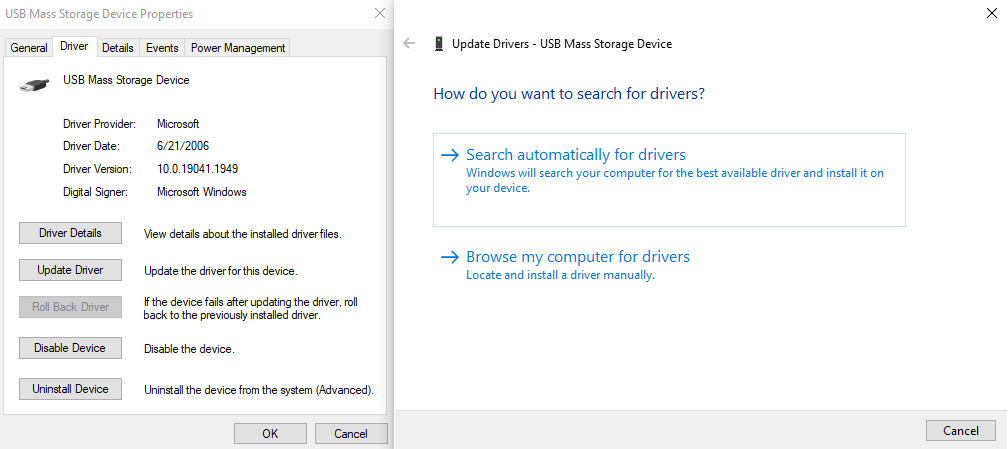
Perform a Disk Check
Faulty hard drives can cause system instability. Open Command Prompt as an administrator. Type “chkdsk /f /r C:” (replacing “C:” with the appropriate drive letter). This will check and repair any issues.
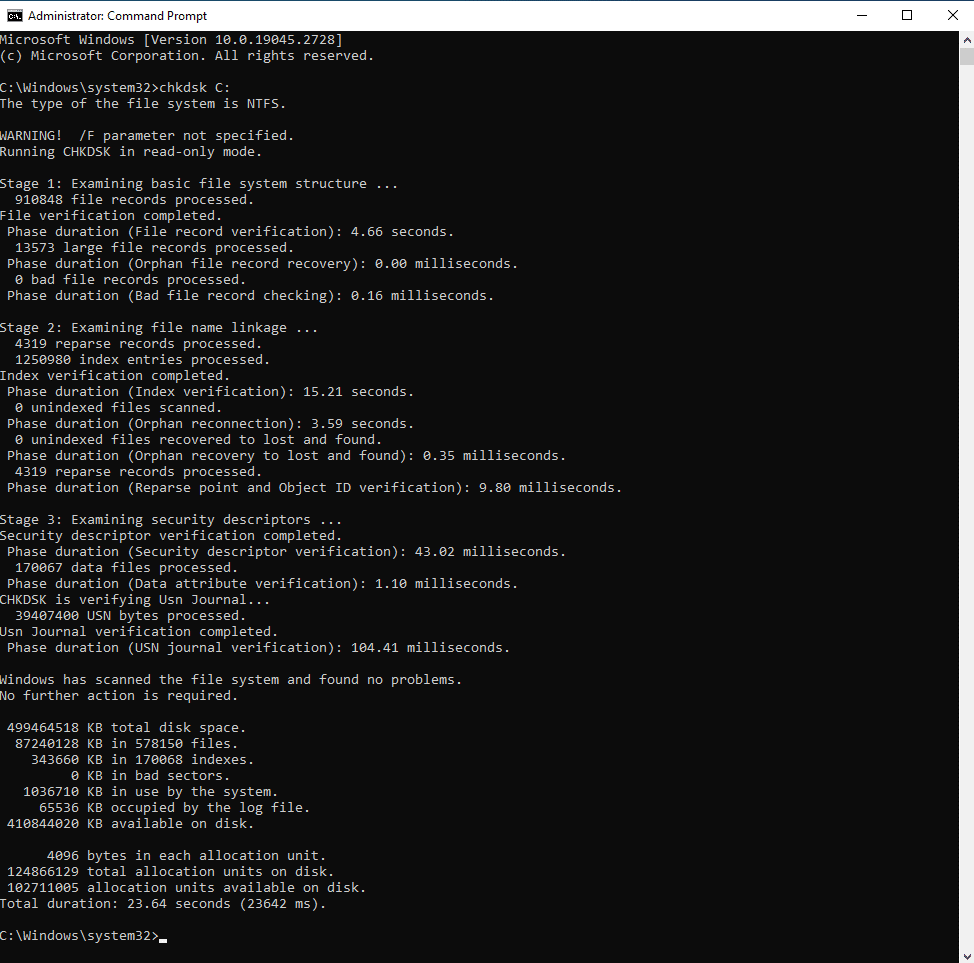
Scan for Malware
Run a comprehensive malware scan using reputable antivirus software to ensure your system is not infected. If any threats are detected, follow the recommended steps to remove them.
How to Prevent BSOD Critical Process Died
Prevention is often the best approach to avoid encountering the Critical Process Died Blue Screen of Death error. Here are some preventive measures to consider:
Keep Your System Updated
Regularly install Windows updates to benefit from bug fixes and security patches that address potential system issues. Enable automatic updates or manually check for updates to ensure your system is up to date.
Maintain a Reliable Antivirus Solution
Use a reputable antivirus program and keep it up to date. Regularly scan your system for malware and ensure real-time protection is enabled. Avoid visiting suspicious websites or downloading files from untrusted sources.
Update Device Drivers Regularly
Periodically check for driver updates from the hardware manufacturer’s website and install the latest versions to prevent compatibility issues. Outdated drivers can lead to system conflicts and instability.
Avoid Unreliable Software Sources
Be cautious when downloading and installing software from untrusted sources. They may contain malware or poorly developed code that can trigger errors. Stick to official websites or trusted software repositories.
Perform Regular System Maintenance
Conduct disk cleanups to remove unnecessary files and free up storage space. Defragment your hard drive if necessary to optimize performance. Uninstall any unused programs to minimize system clutter.
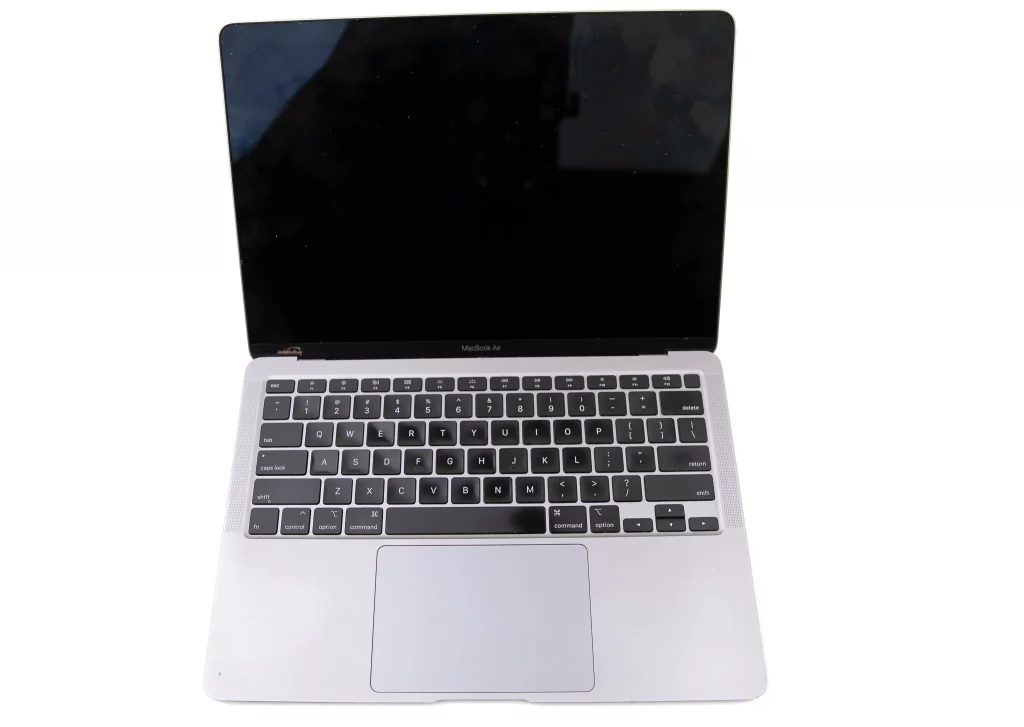
Maintain a Backup Strategy
Regularly back up your important files and documents to an external storage device or cloud service. In the event of a system crash, having a recent backup ensures your data remains safe.
Encountering the Critical Process Died on Windows 10 blue screen error can be a frustrating experience. However, understanding the underlying reasons and following the appropriate steps can help with an issue.
Remember to perform regular system maintenance and maintain a backup strategy to safeguard your important data. With these precautions in place, you can enjoy a stable and error-free Windows 10 experience.
Frequently Asked Questions
What is the Critical Process Died error on Windows 10?
The Critical Process Died error is a Windows 10 system error that occurs when a critical system process encounters an unexpected problem or fails to run correctly. It often leads to system crashes, reboots, and potential data loss.
What are the common reasons behind the Critical Process Died error?
The Critical Process Died error can be triggered by various factors, including corrupted system files, faulty hardware, outdated drivers, and malware infections.
How can I resolve the Critical Process Died error?
- Restart your computer.
- Check for Windows updates and install them.
- Run a System File Checker (SFC) scan to repair corrupted system files.
- Update device drivers to the latest versions.
- Perform a disk check to identify and fix disk-related issues.
- Scan for malware and remove any threats detected.
How can I prevent encountering the Critical Process Died error?
To minimize the chances of encountering the Critical Process Died error, consider the following preventive measures:
- Keep your system updated with the latest Windows updates.
- Maintain a reliable antivirus solution and perform regular system scans.
- Update device drivers regularly to ensure compatibility and stability.
- Avoid downloading software from untrusted sources.
- Perform regular system maintenance, including disk cleanups and uninstalling unnecessary programs.
- Maintain a backup strategy to safeguard your important files and documents.
Can faulty hardware cause the Critical Process Died error?
Yes, faulty hardware, such as a failing hard drive or faulty RAM modules, can cause conflicts that trigger the Critical Process Died error. It is essential to check your hardware components for any issues and perform necessary repairs or replacements if needed.
Is it possible to recover data if the Critical Process Died error leads to data loss?
In some cases, data recovery is possible even if the Critical Process Died error causes data loss. However, it depends on the specific circumstances and the extent of the damage. It is recommended to consult with data recovery professionals for professional data retrieval.
What should I do if the Critical Process Died error persists after trying the recommended solutions?
If the error persists even after attempting the recommended solutions, you may need to seek additional technical support. Contacting Microsoft support or consulting with a qualified computer technician can provide further assistance in diagnosing and resolving the issue.
